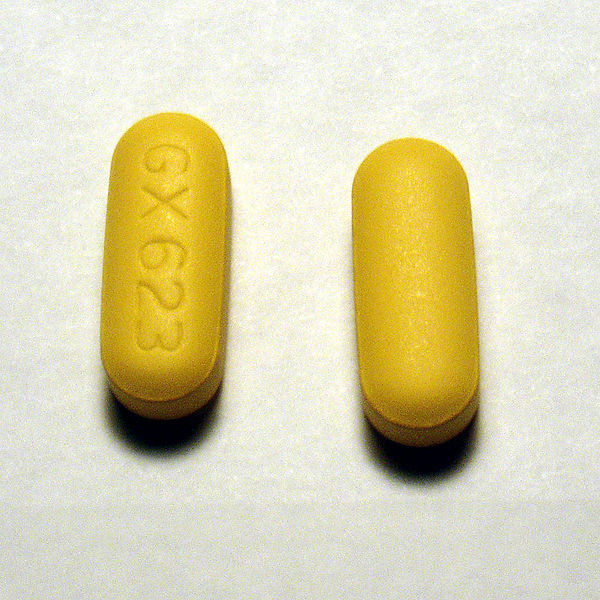Gave a lecture to the ID faculty and fellows today. That was the fourth lecture in 2 weeks. Done running the lecture gauntlet.
Excellent website on HIV from the UCSF: HIV InSite Knowledge base
I though my lecture’s section on HIVAN Therapy was little light here is InSite’s monolog on therapy for HIVAN:
Clinical Course and Treatment
In the Guidelines for the Use of Antiretroviral Agents in HIV-1-Infected Adults and Adolescents, the U.S. Department of Health and Human Services now includes a diagnosis of HIVAN as an indication for ART, regardless of CD4 count.(94) Other treatment options that may influence the course of HIVAN include angiotensin-converting enzyme inhibitors (ACEIs) and corticosteroids administered before dialysis or kidney transplantation.
Antiretroviral Therapy
The original case reports of HIVAN described a rapid and inexorable progression to ESRD over a period of weeks to months.(2-4) However, after highly active ART came into use, several dramatic reports of renal recovery among these patients emerged in the medical literature. In one study, a patient with HIVAN and dialysis-dependent renal failure became dialysis free after 15 weeks of ART. Repeat renal biopsy revealed significant histologic recovery from fibrosis with only infrequent glomeruli showing mild collapse and minimal fibrosis.(65) Since then, a growing number of studies has helped establish ART as a first-line treatment for HIVAN.
The effect of ART on kidney disease progression has been characterized primarily by observational studies. A cohort of 53 patients with biopsy-proven HIVAN from the Johns Hopkins renal clinic was found to have better renal survival when treated with ART compared with patients who did not receive ART (adjusted hazard ratio: 0.30; 95% CI: 0.09-0.98).(95) In a retrospective study of 19 patients with a clinical diagnosis of HIVAN, after median follow-up of 16.6 months, the use of protease inhibitors was significantly associated with a slowing of the decline in creatinine clearance.(96)
In the Strategies for Management of Antiretroviral Therapy (SMART) study, 5,472 HIV-infected patients who had a CD4 count of >350 cells/µL were randomly assigned to continuous or episodic use of ART and were followed for a mean period of 16 months. Investigators found that, compared with continuous ART, planned treatment interruptions guided by CD4 counts significantly increased the risk of fatal or nonfatal ESRD (hazard ratio: 4.5; 95% CI: 1.0-20.9) in the treatment interruption arm. Although this study was not statistically powered to detect a difference in renal outcomes, the high incidence of ESRD in the treatment interruption group suggests that continuous therapy with antiretroviral medications is a key factor in preventing and slowing progression of kidney disease.(97)
Angiotensin-Converting Enzyme Inhibitors
Both ACEIs and angiotensin II receptor blockade have inhibited the development and progression of HIVAN in animal models.(98-100) Two prospective studies support the use of ACEI for the treatment of HIVAN. In a case-control study of 18 patients with HIVAN prior to the advent of ART, 9 were treated with captopril, and matched with 9 controls.(101) The captopril-treated group had improved renal survival, defined as time to ESRD, compared with controls (mean renal survival: 156 ± 71 days vs 37 ± 5 days; p < .002). In a single-center, prospective cohort study of 44 patients with HIVAN, 28 patients received fosinopril 10 mg/day, and 16 patients who refused treatment were followed as controls over 5.1 years.(102) The median renal survival of treated patients was 16.0 months, with only 1 patient developing ESRD. All untreated patients rapidly progressed to ESRD over a median period of 4.9 months. Despite the limitations of these studies, they suggest that ACEIs may be beneficial in curbing progression of HIVAN, and this class of drugs is a reasonable first choice as an antihypertensive agent for patients with HIVAN.
Steroids
Evidence supporting the use of steroids for the treatment of HIVAN is also based on observational data.(95,103,104) In a single-center cohort study, 20 patients with HIVAN were prospectively enrolled to receive treatment with corticosteroids. Most patients (17 of 20) manifested improvements in kidney function and significant reductions in 24-hour urinary protein excretion. After steroid therapy, mean rates of protein loss declined from 9.1 ± 1.8 g per day to 3.2 ± 0.6 g per day (p < .005).(105) Another study of steroid therapy employed a control group and found similar results with no increased risk of infection in the steroid group.(104) Although these studies were generally limited by their nonrandomized designs, based on this evidence, steroids are considered second-line therapy for patients with HIVAN. The use of steroids should be considered for patients with a documented rapid deterioration in kidney function despite ART.






